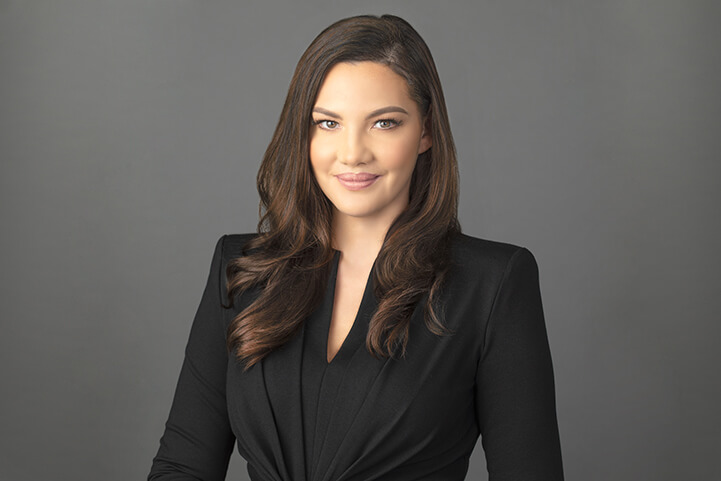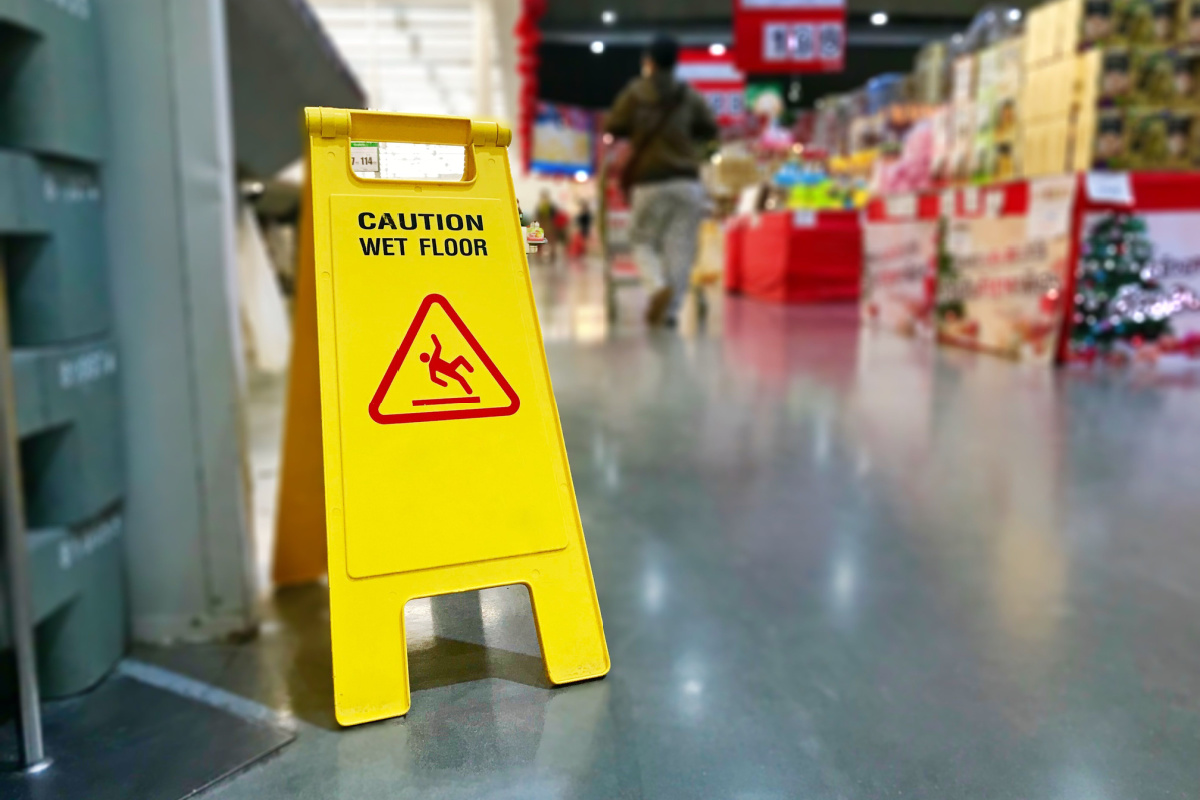
Founding Member & Managing Partner at Gina Corena & Associates
Practice Areas: Personal Injury

Slip and fall accidents happen suddenly, but their consequences can last a lifetime. What might seem like a minor stumble can lead to serious injuries such as fractures, spinal damage, or even traumatic brain injuries. Many victims of slip and fall injuries are left with painful recoveries, mounting medical bills, and lost wages from being unable to work.
One of the biggest challenges victims face is proving that the accident was not their fault. Property owners and their insurers often argue that the fall was due to carelessness, improper footwear, or failure to notice an apparent hazard. Without strong evidence, victims may struggle to get the compensation they deserve.
This is why documenting evidence immediately after a slip and fall accident is crucial. Evidence can prove the hazard existed, the accident was unavoidable, and that the property owner was negligent. Whether the fall happened at a store, hotel, restaurant, casino, or private property, having clear documentation can mean the difference between winning and losing a legal claim.
This guide will cover the types of evidence you need, real case examples, Nevada’s comparative negligence laws, and steps you should take to protect your rights.
Slip and fall cases are often disputed because there is rarely a single, obvious culprit. Property owners and insurance companies will try to shift blame onto the victim, arguing that:
Without proper evidence, it becomes a matter of your word versus theirs. That’s why proving who was responsible requires more than just stating that you fell. Concrete proof of unsafe conditions and negligence is needed.
Substantial evidence will help answer key questions:
By gathering the proper documentation, you can create a compelling case that will make it difficult for insurers to deny your claim.

One of the most potent forms of evidence in slip-and-fall cases is eyewitness testimony. A neutral third party can provide an unbiased account of what happened, helping confirm that the accident was caused by a dangerous condition and not personal negligence.
Eyewitness accounts can provide critical details such as:
Please get the full name and contact information of any witnesses. Their testimony can be used in court or during settlement negotiations to validate your version of events.
Photographs and videos are some of the most potent pieces of evidence in a slip and fall injury case. Unlike witness testimonies, which can be challenged, visual evidence cannot be easily disputed.
Immediately after a slip and fall, if possible, take clear, detailed pictures of:
Many businesses and public spaces have surveillance cameras that may have recorded the incident. Request this footage immediately, as businesses often delete or overwrite video recordings within days.
“Photographic evidence and surveillance footage are among the strongest forms of proof in slip and fall cases, as they provide an unbiased visual record of hazardous conditions.” – Legal Expert.
Insurance companies often argue that a victim’s injuries were pre-existing or unrelated to the fall. That’s why seeing a doctor immediately after a slip and fall accident is critical.
A well-documented medical record should include:
A delay in seeking medical care can be used against you. The sooner you document your injuries, the stronger your claim.
Case Example 1: A shopper slipped on a leaking freezer unit at a grocery store. Surveillance footage showed the leak had existed for over two hours, and employees had walked past it multiple times without addressing it. Because of strong video evidence, the store was held liable.
Case Example 2: A hotel guest fell on a poorly maintained staircase with a broken handrail. Photographic evidence and maintenance records showed that the hotel had ignored repair requests for over a year. The victim successfully sued for negligence.
These cases prove how gathering solid evidence can strengthen legal claims.

Nevada follows a comparative negligence rule, meaning your level of fault affects how much compensation you can receive.
| Fault Percentage | Can You Claim Compensation? | Potential Reduction in Compensation |
| 0% – 49% | Yes, full compensation | No reduction |
| 50% | No compensation | Not eligible |
| 51% – 100% | No compensation | Not eligible |
If you were found to be 20% at fault, your total compensation would be reduced by 20%. This is why strong evidence is crucial—it can minimize your level of assigned fault.
Report the accident to the property owner, take photos, collect witness contact details, and seek medical attention. The more documentation you have, the stronger your claim.
Negligence is proven by showing that the property owner failed to maintain safe conditions. Evidence such as photographs, witness statements, and maintenance records can help establish liability.
Yes. Under Nevada’s comparative negligence law, you can recover damages if you are less than 50% at fault. Your compensation will be reduced based on your percentage of fault.
Nevada law allows two years from the date of the accident to file a personal injury claim. Waiting too long can result in losing your right to compensation.
Not always. Many cases are settled through negotiations with insurance companies. Strong evidence increases the chances of a successful settlement without a trial.
Slip and fall accidents can lead to serious injuries, lost wages, and costly medical bills. However, without proper evidence, victims often struggle to prove fault and negligence.
By documenting everything—photos, witness statements, medical records, and video footage—you protect your rights and improve your chances of winning a claim.
If you’ve been injured in a slip and fall accident, Gina Corena & Associates can help. Our experienced legal team will fight for the compensation you deserve. Contact us today for a free case evaluation.

As founder of Gina Corena & Associates, she is dedicated to fighting for the rights of the people who suffer life-changing personal injuries in car, truck and motorcycle accidents as well as other types of personal injury. Gina feels fortunate to serve the Nevada community and hold wrongdoers accountable for their harm to her clients.